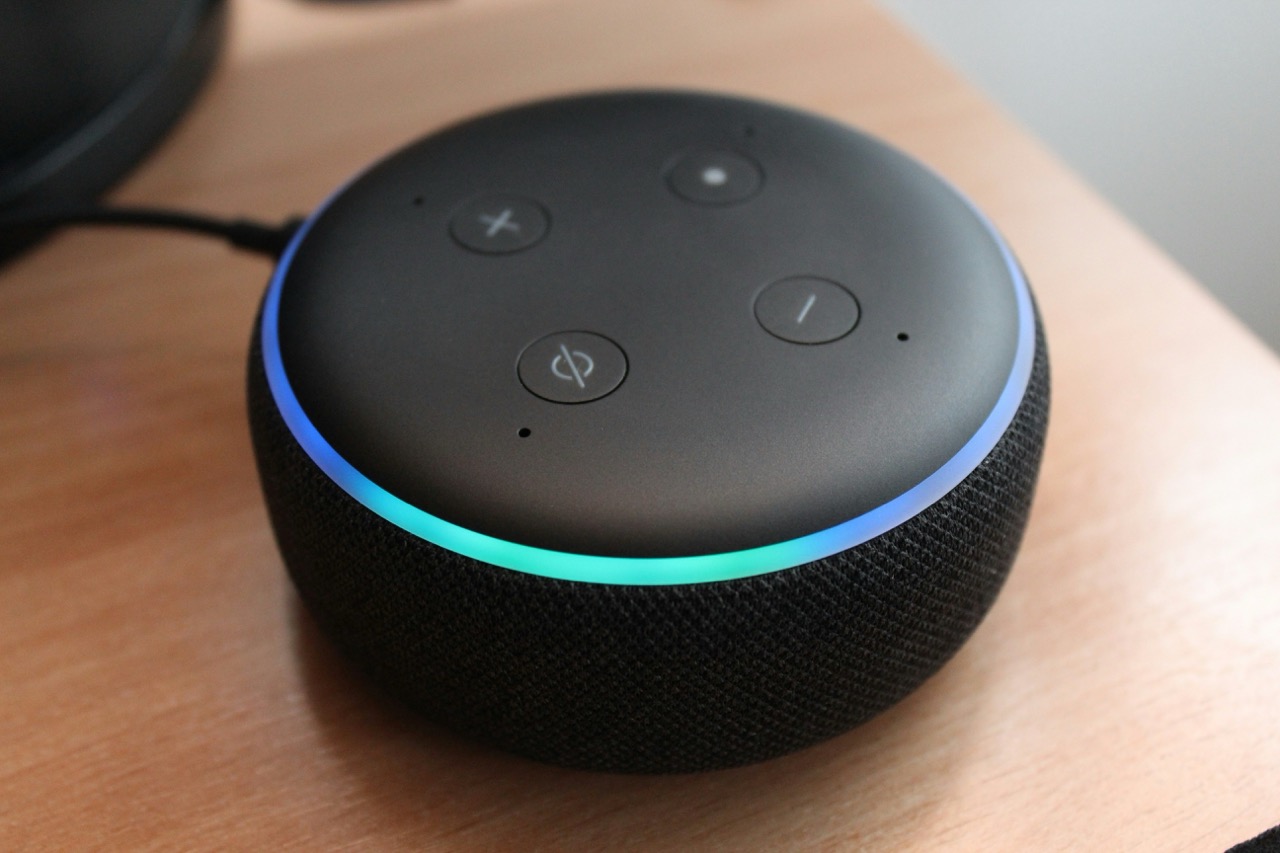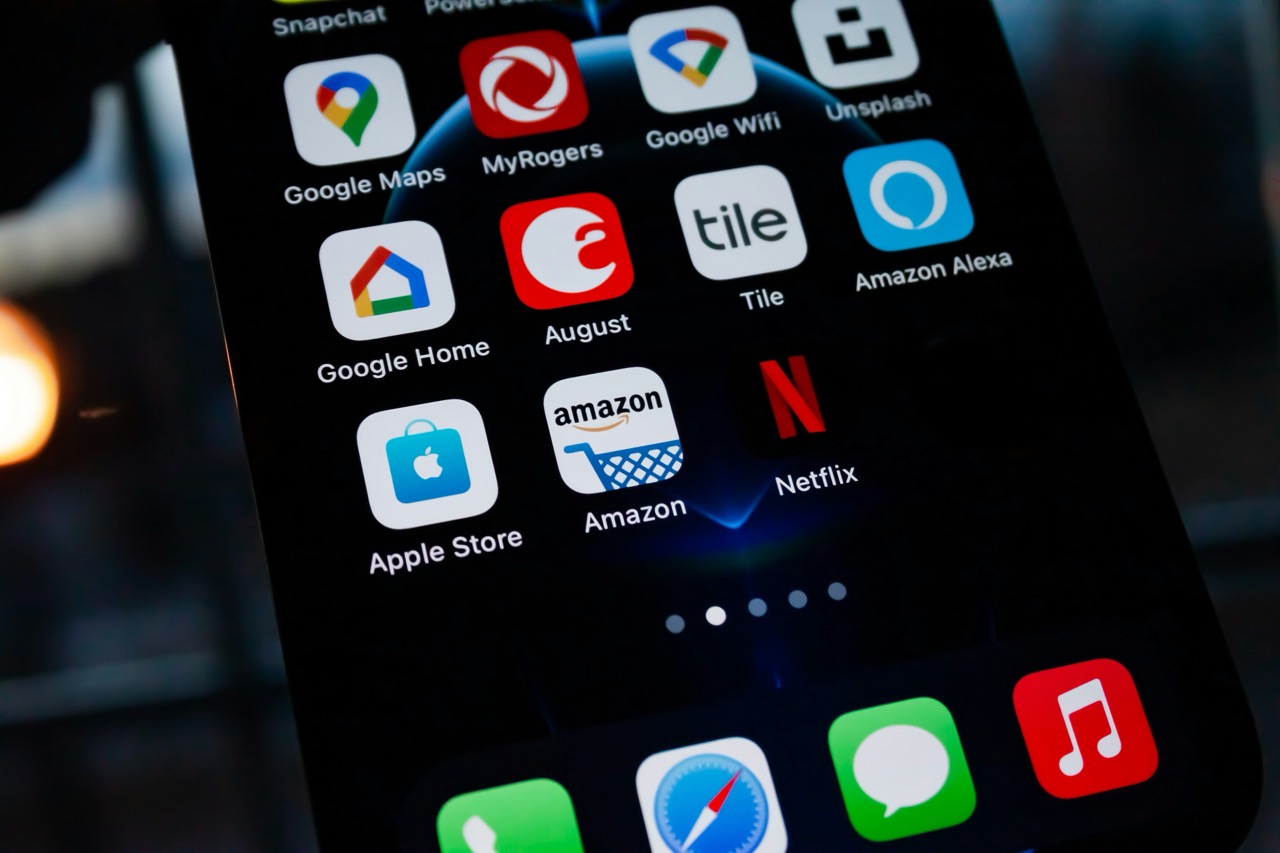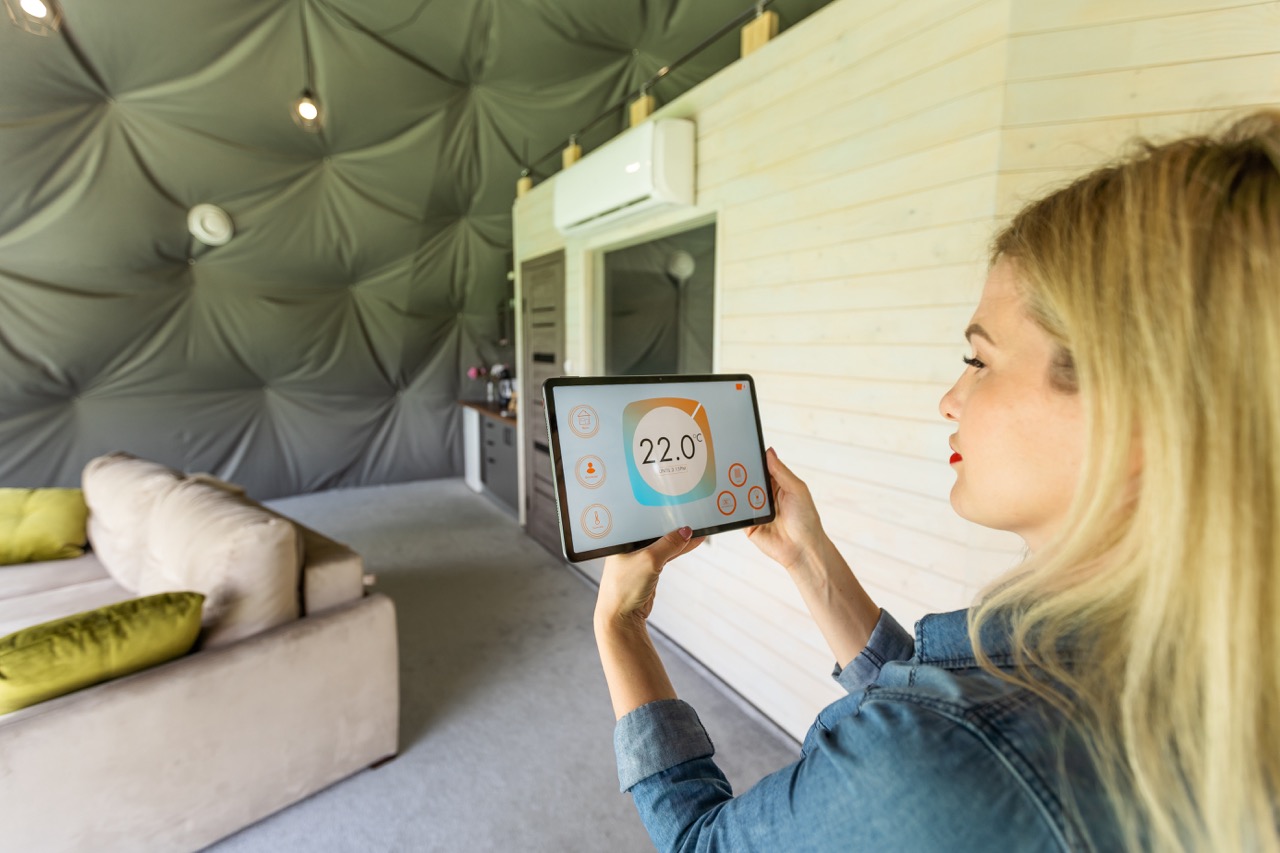In the realm of communication technology, few innovations have had as profound an impact as the mobile phone. Martin Cooper, a visionary engineer at Motorola, made history in 1973 by making the first public call from a handheld mobile device. This groundbreaking moment not only marked the dawn of a new era in telecommunications but also laid the foundation for the smartphones we rely on today. This article explores Cooper’s pivotal role in the mobile phone revolution, the evolution of mobile technology, and the lasting impact of his invention on our ability to connect in the modern world.
The Visionary Behind the First Mobile Phone Revolution
Martin Cooper was not just an engineer; he was a pioneer who dared to envision a world where communication was untethered from the constraints of landlines. Born in 1928 in Chicago, Cooper’s journey into technology began with a degree in electrical engineering, which he pursued at the Illinois Institute of Technology. His career at Motorola positioned him at the forefront of research and development in mobile communications during the 1960s and early 70s. Inspired by the vision of a mobile and accessible communication system, Cooper relentlessly pursued the idea of a phone that could fit in a person’s hand.
In April 1973, Cooper led the team that developed the Motorola DynaTAC 8000X, the world’s first handheld mobile phone. The device weighed nearly 2.5 pounds and stood about a foot tall, a far cry from the sleek, lightweight smartphones of today. However, the significance of this invention transcended its bulk; it represented a revolutionary shift in how people would communicate. On April 3, 1973, Cooper made a historic call to his rival at Bell Labs, showcasing the potential of mobile technology. This audacious act not only demonstrated the feasibility of mobile communication but also ignited a competition that would reshape the industry.
Cooper’s vision extended beyond mere functionality; he believed that mobile phones could democratize communication, making it accessible to everyone. His foresight encompassed the idea that individuals should have the freedom to connect with others regardless of their location, a principle that became the backbone of mobile technology’s evolution. As a passionate advocate for innovation, Cooper’s drive to improve and expand mobile communications capabilities set the stage for future advancements that would ultimately lead to the development of smartphones.
From Concept to Reality: The Birth of Mobile Communication
The launch of the DynaTAC 8000X in 1983 marked the official birth of mobile communication as we know it. While this initial model was a significant milestone, it was just the beginning of a gradual evolution that would take decades. The early mobile phones were primarily used for voice calls and were limited in their capabilities, catering mainly to business professionals and affluent users. The high cost of these devices and their usage plans restricted widespread adoption, but the groundwork had been laid for a technological transformation.
Throughout the late 1980s and early 1990s, cellular networks began to proliferate, and advancements in technology resulted in smaller, more efficient devices. The introduction of digital cellular technology, which replaced analog systems, allowed for clearer calls and more reliable connections. This transition was pivotal; it not only enhanced user experience but also set the stage for more complex features to be integrated into mobile devices. As the industry evolved, an increasing number of consumers began to see mobile phones as an essential tool rather than just a luxury item.
The convergence of technology during this period played a crucial role in the birth of mobile communication. Innovations such as SMS (Short Message Service) in the early 1990s allowed users to send text messages, creating a new form of communication that would eventually contribute to the rise of smartphones. By the late 1990s, companies began to realize the potential of combining telephony with computing, igniting the race to create devices that could do more than just make phone calls. This era laid the foundation for the smartphones that would emerge in the new millennium, forever changing how we connect with the world.
Evolution of Mobile Technology: The Path to Smartphones
The late 1990s and early 2000s witnessed a significant turning point in mobile technology with the introduction of devices that incorporated advanced computing capabilities. The release of the first smartphone, the IBM Simon, in 1994, marked a new chapter in mobile communication. It combined the functionality of a mobile phone with features like email, calendar, and appointment scheduling. Though its design was clunky by today’s standards, Simon signaled the shift towards more multifunctional devices that would become the norm in the following years.
As mobile technology continued to evolve, the introduction of 3G networks in the early 2000s provided faster data transmission, enabling users to access the internet on their devices. This leap in technology paved the way for more sophisticated smartphones, leading to the launch of the first Apple iPhone in 2007. The iPhone not only revolutionized the mobile phone market but introduced a new paradigm in user interfaces with its touch screen and app ecosystem. This era marked a departure from traditional mobile phones, transforming them into powerful pocket-sized computers that could perform a myriad of functions beyond voice calls.
The evolution of mobile operating systems played a crucial role in the rise of smartphones. Android, which launched in 2008, quickly became a formidable competitor to Apple’s iOS, leading to a surge in smartphone adoption. As manufacturers began to embrace open-source platforms, the market became saturated with diverse devices that catered to various consumer needs. Features like high-resolution cameras, app stores, and GPS functionality became standard in smartphones, further solidifying their place in daily life. This transformation from basic mobile phones to multifunctional smartphones not only changed the landscape of personal communication but also redefined how we interact with technology.
The Impact of Cooper’s Innovation on Modern Connectivity
Martin Cooper’s pioneering work in mobile communication ultimately redefined how we connect with each other and with the world around us. The invention of the mobile phone established a framework that would lead to the development of myriad technologies we now take for granted. Today, smartphones are omnipresent, serving as vital tools for communication, information access, and entertainment. The ability to connect with anyone, at any time, from anywhere has transformed personal and professional interactions, fostering a more interconnected global community.
Moreover, Cooper’s vision has had far-reaching implications for industries beyond telecommunications. Businesses have adapted to the mobile-first paradigm, leading to a significant shift in marketing, customer engagement, and operations. The rise of mobile apps has given rise to new business models and opportunities, fostering innovation across various sectors. Social media, online services, and e-commerce have all flourished in this mobile landscape, reinforcing the idea that connectivity is not just a convenience but a necessity in today’s digital age.
Finally, the impact of Cooper’s invention can be seen in the ongoing quest for improved connectivity and technology accessibility. As smartphones continue to evolve with advancements like 5G networks and artificial intelligence, the vision of unrestricted communication that Cooper championed remains alive. The principles he advocated—democratizing communication and enhancing connectivity—continue to drive innovation, making it imperative to consider how emerging technologies will shape our future interactions and connectivity.
Martin Cooper’s invention of the mobile phone was not merely an innovation; it was a transformative moment that paved the way for the smartphones that form an integral part of our lives today. His vision, persistence, and dedication to enhancing communication have left an indelible mark on the world. As we continue to navigate an increasingly connected landscape, it is essential to recognize the profound influence of Cooper’s work and the ongoing evolution of mobile technology as we embrace the future of connectivity.










